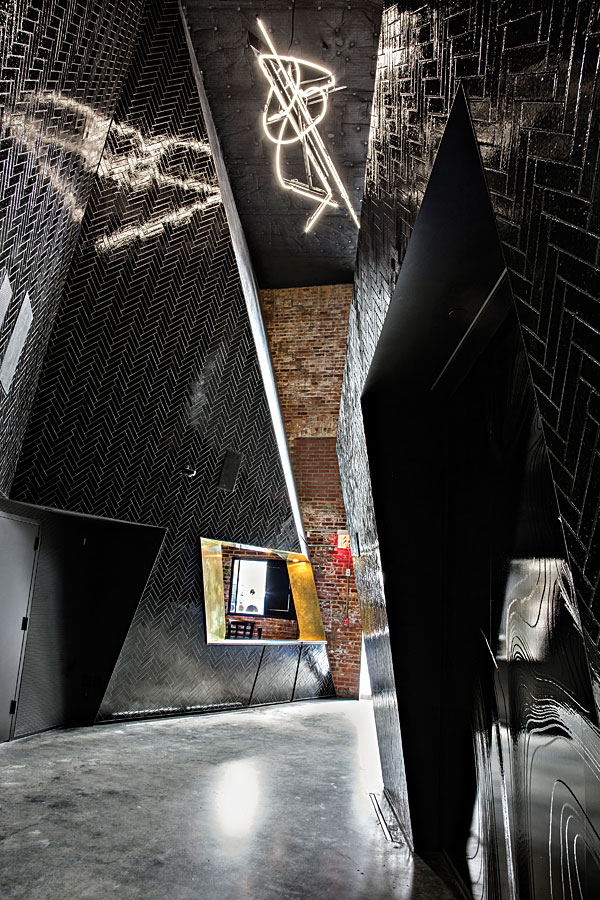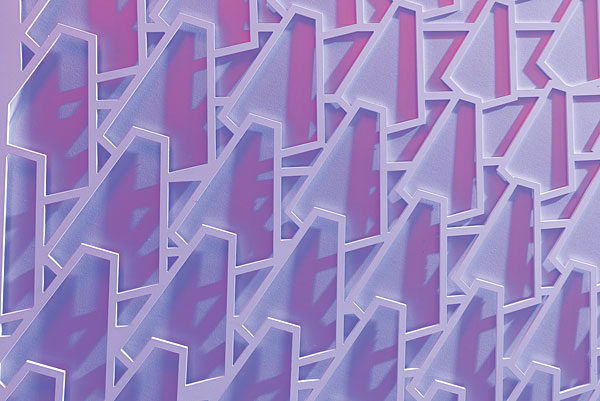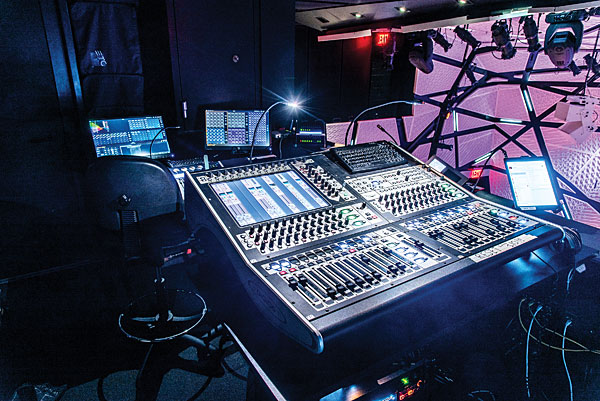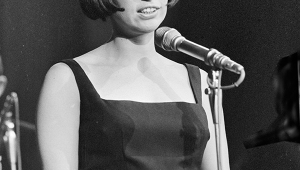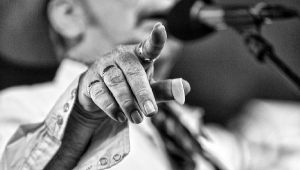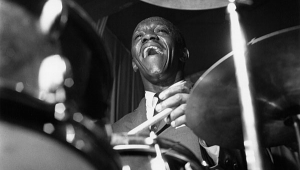| Columns Retired Columns & Blogs |
I've been hearing about Sawdust from friends still in the neighborhood and it sounds like a fantastic space. YBCA is the closest we've got here in SF, but it's not the same flavor of contemporary modernism. Not by a long shot. Sawdust is the kind of space that makes me miss Brooklyn something fierce.
